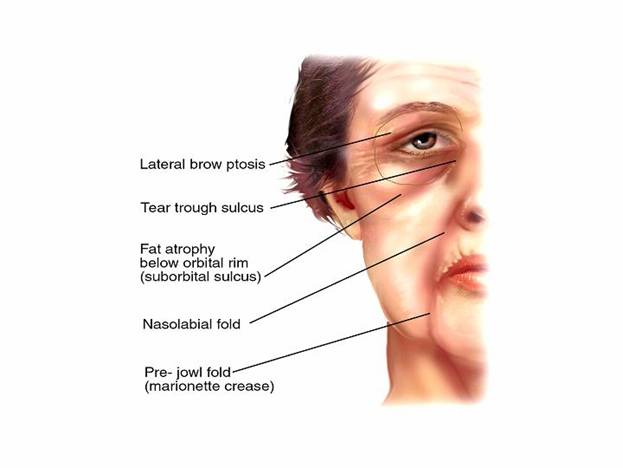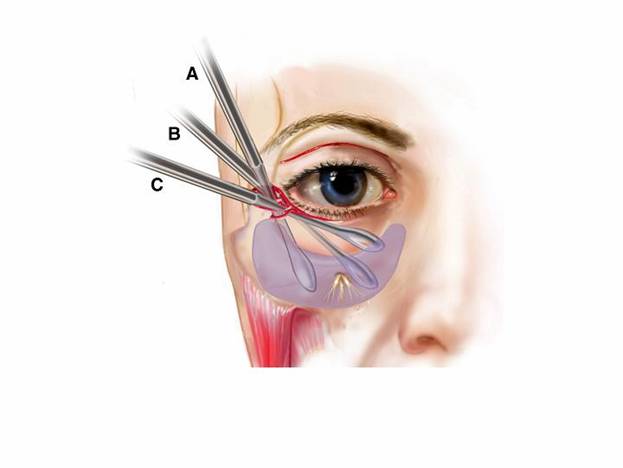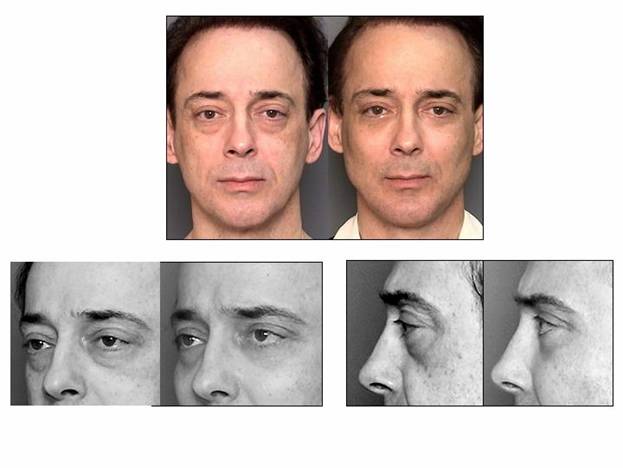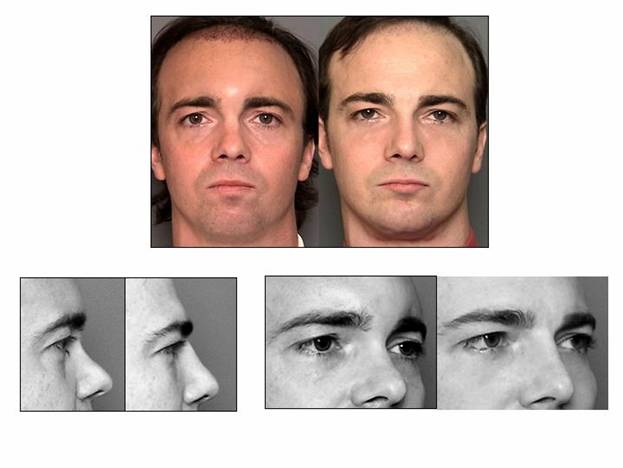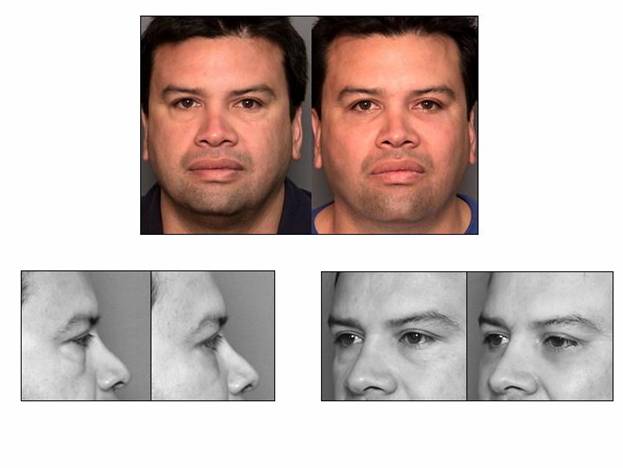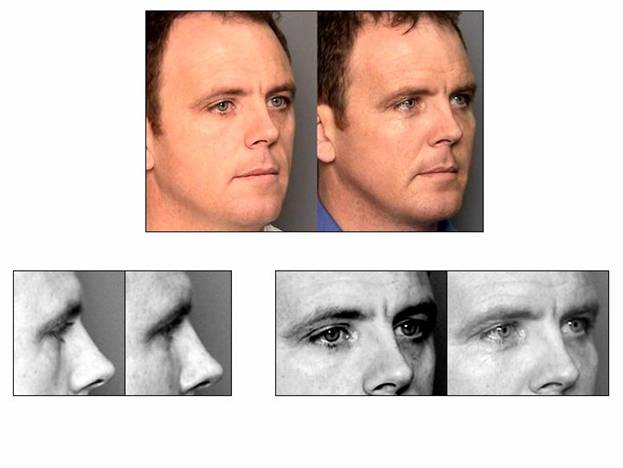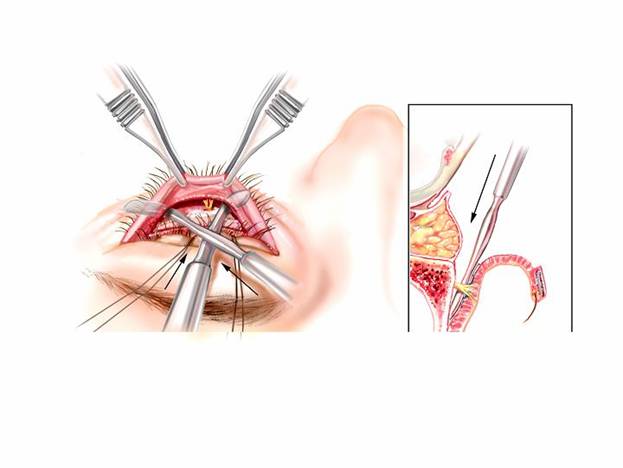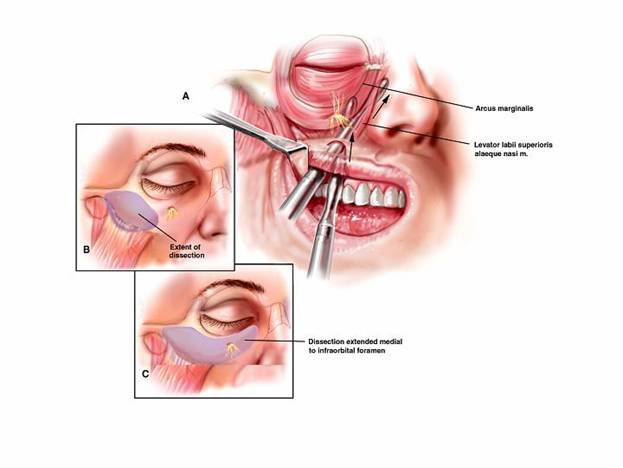Sunday, October 8, 2006
11068
Conquering the Lid Cheek Junction with Alloplastic Augmentation
Problems of volume deficiency in the face have become timely over the last decade. Among various treatment solutions is the use of alloplastic implants of silicone rubber, which are desirable because of their permanence. Properly designed implants properly placed are an excellent alternative for improving facial contours. The advantage of silicone rubber is the ease with which it can be implanted, modified and exchanged. It also is highly resistant to infection.
One area in which alloplastic implants can excel is in the suborbital region where fat atrophy occurs during the process of aging. If this is accompanied by a deficiency in the suborbital bony maxilla, which is either minor or major, the unwanted appearance is even further accentuated. Many patients who have a “negative vector” inferior orbit also have a malar zygomatic bony deficiency as well.
The author has developed a new suborbital tear trough-malar extended implant that provides a comprehensive augmentation of the entire suborbital rim and malar region. It has been used in 23 patients between the ages of 29 and 58. The results have been excellent in all cases. There have been no postoperative symptoms relating to the infraorbital nerve. The major postoperative sequela is chemosis of a minor or significant degree in most patients. There have been four cases of a slightly retracted eyelid, which have resolved spontaneously in the course of 6 to 8 weeks.
This technique does not require any removal of fat from the orbit nor does it require extensive dissection of fat. Any proptotic fat is simply secured to the superior anterior surface of the implant just anterior to the orbital rim to produce a smooth junction between the protruding fat and the implant. This operation successfully and satisfactorily creates an optimum blending of the lid-cheek junction.
Pre and post operative examples, illustrations, and a video clip will be provided at the time of presentation.
